Filling your garden with fluttering insects will make your flowerbeds beautiful and support biodiversity at the same time.
Museum ecologist Larissa Cooper explains how to do it.

A butterfly landing on an oxeye daisy in the Museum Willdife Garden
Filling your garden with fluttering insects will make your flowerbeds beautiful and support biodiversity at the same time.
Museum ecologist Larissa Cooper explains how to do it.
Butterflies are a common sight in gardens, but several species are in decline as they battle habitat loss.
Here are some simple steps you can take to make your garden, patio or windowsill a little more homely for visiting butterflies, and encourage them to move in permanently.
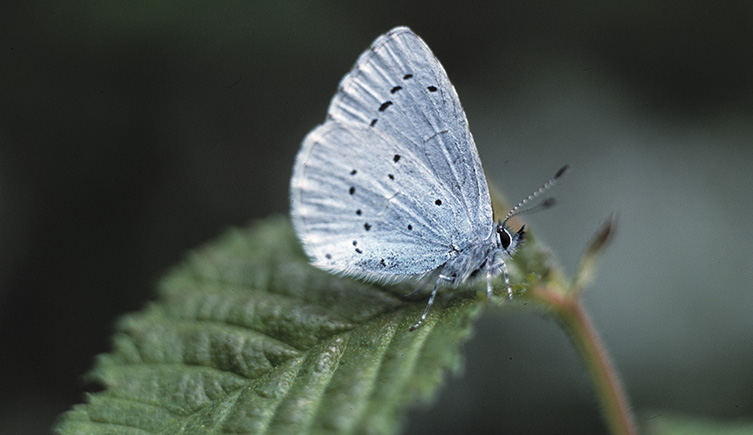
The holly blue is usually found in the southern half of Britain, and is a frequent visitor to gardens
Making your garden an attractive space for an insect starts with food. Adult butterflies get their energy from nectar, and they visit gardens looking for flowers to feed on. Grow nectar-rich flowers in the spring and summer months to encourage them.
Larissa says, 'Cultivate different plants that flower throughout the year to attract a variety of butterflies into the area, and keep them watered, because the supply of nectar reduces if the plants struggle for water'.
Adult butterflies enjoy bluebells, marigolds, buttercups, hyacinth, clover, garden mint, knapweed, thistles, blackberry bushes, heather, lavender, Bowles' Mauve wallflower, marjoram and willowherbs, among others.
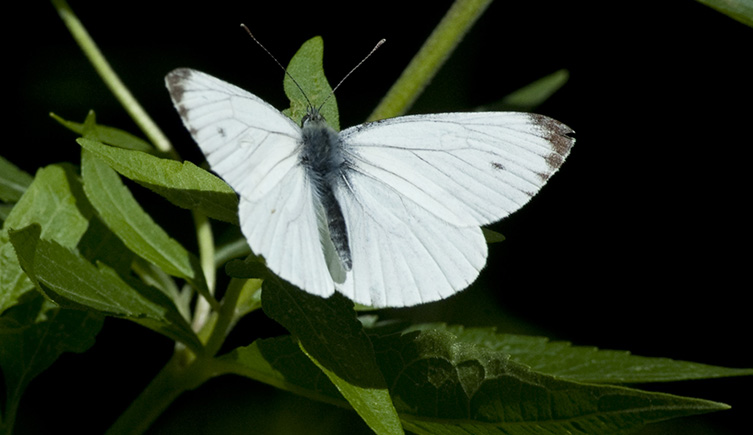
The green-veined white is widespread throughout Britain and Ireland, and likes lush vegetation
Butterflies enjoy warmth. Try to pick out spots where the sun hits to cultivate your plants. Butterflies also need room to fly, so create a flowerbed full of nectar-rich plants alongside an open area of patio or lawn.
Larissa says, 'Spring and summer are crucial times to support butterflies and moths, but ivy also provides a late nectar supply for insects in the autumn'.
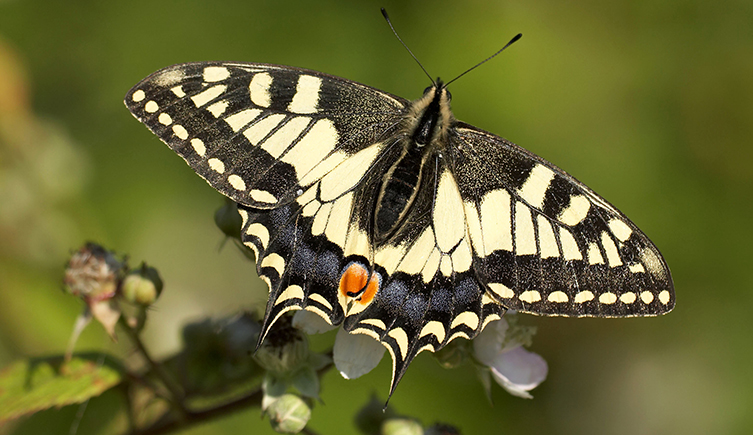
The swallowtail is Britain's rarest native butterfly, and can only be found in the fens of the Norfolk Broads © Neil Hardwick/Shutterstock.com
Do some research on butterflies native to where you live. Find out what they feed on and try to provide food for the caterpillar stage of the butterfly life cycle.
Larissa says, 'It is important to know which butterfly species live in your local area. For instance, you can plant milk parsley to attract swallowtails if you live in Norfolk, but that wouldn't be helpful in areas swallowtails don’t visit.'
Species including the painted lady and the large white have a wide distribution across the UK, but the white admiral only thrives in warmer, southern climates.
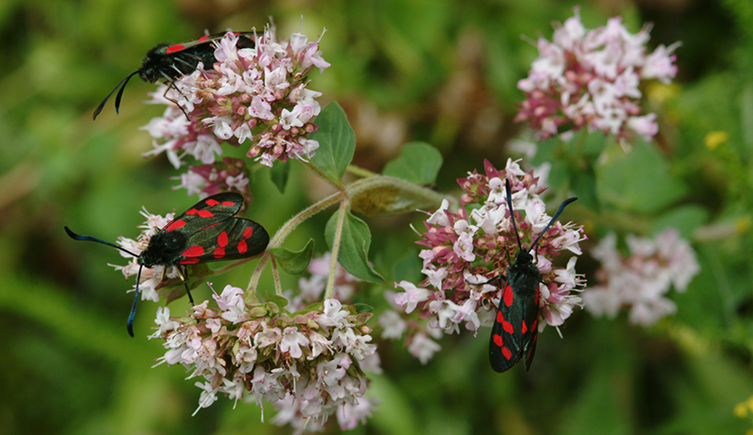
Six-spot burnet moths, a day-flying species, in the Museum's Wildlife Garden
Even people without a large garden can encourage wildlife to thrive. Many plants are at home in a window box or on a patio, including marigolds, yarrow and lavender.
Place it on the window that gets the most sunlight.
Get tips on how to grow a wildflower pot for butterflies, bees and other pollinators.
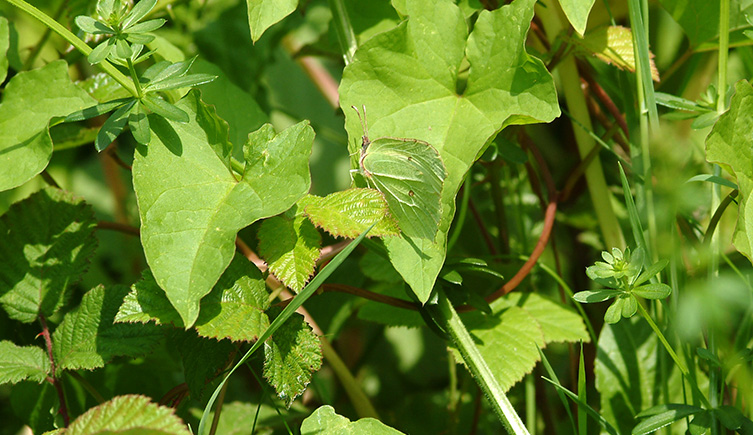
A well-camouflaged brimstone butterfly hides in the Wildlife Garden
Butterflies need food to be available from the early spring through to late summer. In August, some species will feed on the sugar inside discarded fruit.
Rotting pears, apples and berries are popular. Butterflies struggle to consume anything too hard, so if you leave fruit out on the compost heap, the riper the better.
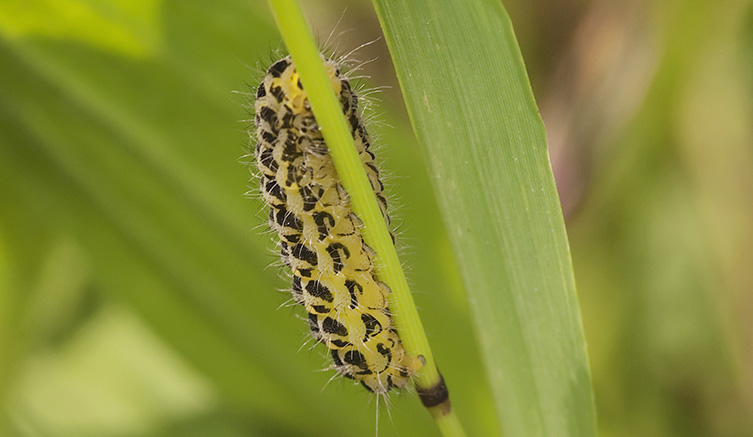
Don't forget to support caterpillars all year round
You can’t have butterflies and moths without caterpillars. Support their growth by allowing your garden to be wild around the edges.
Larissa says, 'Larvae like to feed on nettles, thistles, ragwort, mixed grasses, holly and ivy, which means that gardeners should welcome some of the less popular wildflowers.
'Let the grass grow tall for the summer in one part of the garden.'

Reduce the use of pesticides in your garden, and allow different kinds of plants to grow freely to support biodiversity
Pesticides are harmful to butterflies and other pollinating insects. Avoid using them near your flowering plants, and be aware of plants bought from the garden centre that may have previously been treated.
If you are unsure, Larissa advises that you buy organic plants or grow your own.
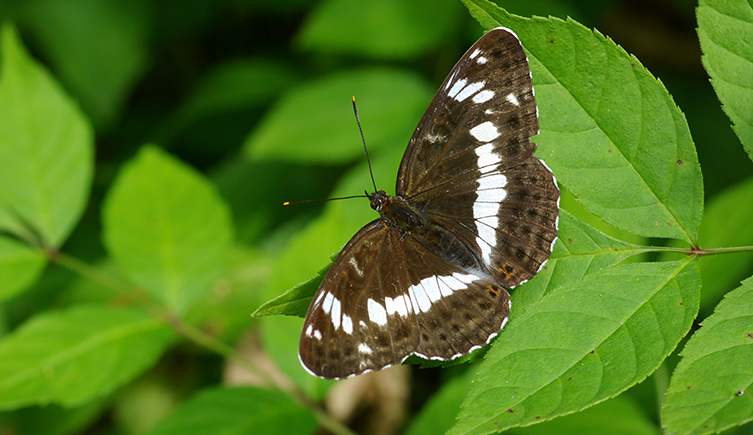
The white admiral, Limenitis camilla, can only be found in warmer parts of the country © Bildagentur Zoonar GmbH/Shutterstock.com
Butterflies are cold-blooded creatures and get their warmth from the Sun. Summer doesn’t always bring sunny days, and when it rains, butterflies shelter under large leaves or in sheltered spots.
Larissa says, 'Make sure you keep enough trees and shrubs around the garden for butterflies to hide in when the weather turns bad. You could even plant a hedgerow, if you have room.
'Most species wait out the winter as eggs, larvae, or chrysalises and they’ll be hidden in gardens and parks. Try not to tidy up too much over winter. Let leaves gather and keep pruning to a minimum. That way your garden will be full of butterfly colour next spring.'

Find out about the plants and animals that make the UK home.

Biodiversity is connected to almost every aspect of our lives, but it needs our help. Small actions can make a big difference.
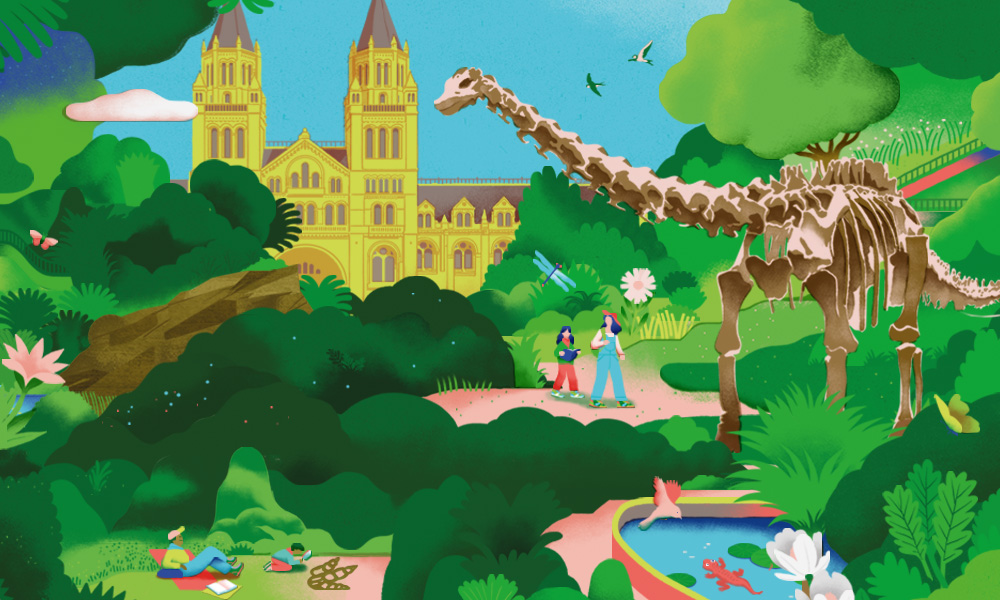
Our gardens follow the story of how life on Earth has changed over time, from the days of the dinosaurs through to today.
Open daily
Don't miss a thing
Receive email updates about our news, science, exhibitions, events, products, services and fundraising activities. We may occasionally include third-party content from our corporate partners and other museums. We will not share your personal details with these third parties. You must be over the age of 13. Privacy notice.
Follow us on social media